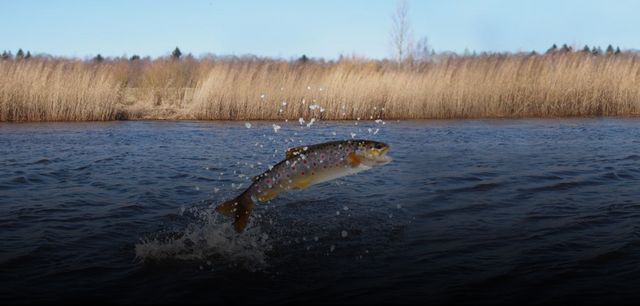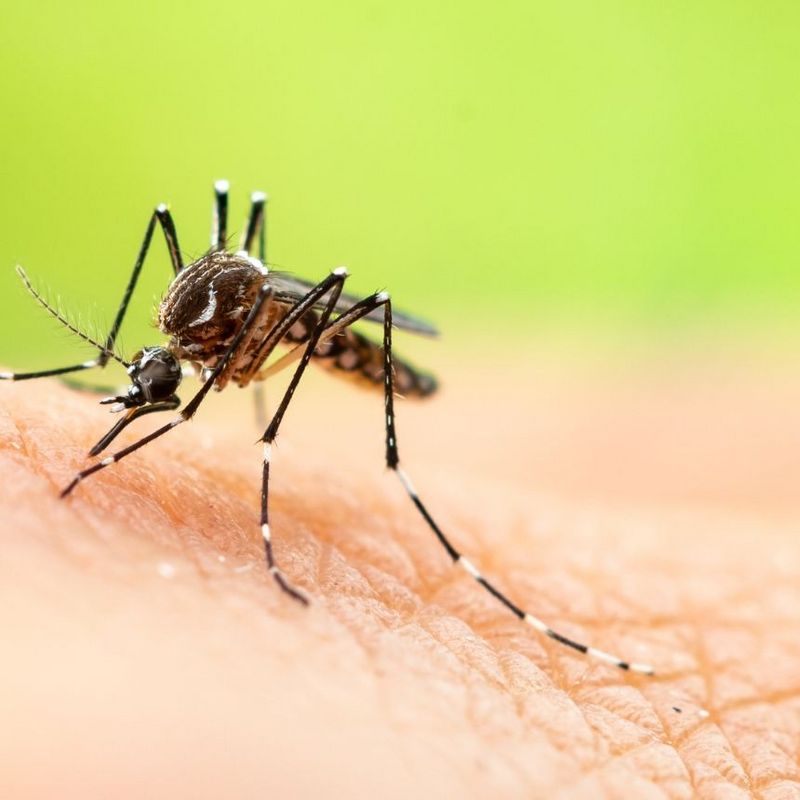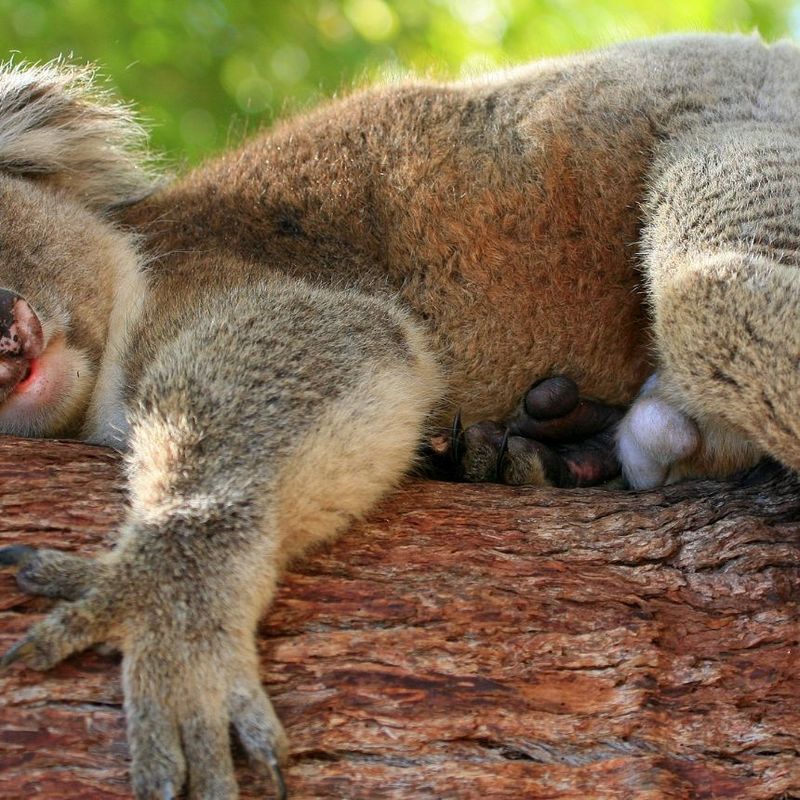29. June 2023
The migration of salmon to their spawning grounds inspired Hamburg-based musician Thees Uhlmann to write a song, and Alaskan grizzly bears in Alaska wait for these fatty fish to swim upriver every year, in a ritual which leads almost invariably to their death. But why exactly do salmon swim upriver to spawn and die?
Every autumn, hundreds of thousands of salmon embark on an epic journey. Sockeye salmon, which can be up to 90 centimetres long and weigh up to six kilos, swim to where they emerged as juveniles: from the North American coast off Alaska through the ocean to the mouth of the river and then thousands of kilometres up the Yukon or Columbia rivers. On this risky journey, these muscular fish must navigate rapids and leap up waterfalls. But how do they know where to go, and where do they get the strength to get there?
The answer lies in their magnetoception – the ability to use the Earth’s magnetic field to navigate like high-precision GPS. They are also supported by their extraordinary sense of smell, which allows them to recognize the smell of the water of their home river. And then there is their lateral line organ, which they use to constantly check the flow conditions, enabling them to chart the best course to their destination. Surfing the wave of the swimmers ahead of them, these fish are exposed to numerous dangers. Not only are they a popular meal for bears, but they are also feasted on with relish by eagles and other predators.
Hooked nose in Greek
On their way up the river, the salmon stop feeding and change their appearance: Their blue-green backs turn red. The lower jaw of the male fish changes into a hook. It is this feature which gives the Pacific salmon, to which the sockeye salmon belongs, its name. Oncorhynchus. "Onkos" means "hook" in Greek, and "rhynchos" stands for the nose. Once the starved hookednoses have finally reached their spawning grounds, the females dig small pits in the gravel with their tail fins, in which they lay up to 3,000 eggs over several days.
Once the reproductive work is done, most sockeye salmon die of exhaustion. Only every twentieth fish, at most, will make it back to the sea. The dead bodies of their fellow salmon not only provide the juvenile fish with food but are also good for an entire ecosystem: The bodies are rich in nitrogen compounds – and these are released into river catchments courtesy of bear excrement, for example, causing the trees grow up to three times faster than elsewhere.
The offspring of the salmon hatch after four weeks, initially feeding on their yolk sacs until they switch to insects and tiny crustaceans or other zooplankton. After one to two years, they head towards the sea, gradually adapting their bodies to estuarine salt water. They then spend two to three years in the ocean. They are therefore classed as anadromous migratory fish that spend most of their lives in salt water before heading to fresh water to spawn.
The best of both worlds
But why do salmon undertake this gruelling and ultimately deadly journey in the first place? Because it's worth it! The fry need cold, clear and oxygen-rich river water. In the sea, the growing salmon then find a rich food supply that enables them pile on a lot of fat and muscle. Migrating also heads off the danger of generational conflicts. Large and small salmon cannot stray into each other's territory when looking for food, for example.
So, salmon have the best of both worlds with a strategy they share with eels. However, eels head in the opposite direction: They live in fresh water and head to the sea to spawn and die. Eels and Pacific salmon are thus in the ranks of the semelparous animals, i.e. those that give birth once only. What sounds wasteful is actually very efficient in reproductive terms. Unlike animals that repeatedly reproduce and must keep themselves alive between their reproductive phases, the salmon can put all their energy into producing offspring and thus lay more eggs in one go.
Returning to the Rhine?
Salmon were once also native to Germany: Until the 20th century, the Rhine was considered the most important salmon river in Europe. Nowadays, the 1.5-metre-long Atlantic salmon, which can weigh up to 30 kilos, come from Scotland or Norway, and the only salmon eaten in Germany is farmed. The reasons for their extinction in Germany are water pollution, overfishing and changes to the courses of the country’s rivers: Barrages and hydroelectric power plants block their way to their spawning grounds.
Since the 1980s, attempts have been made to reintroduce salmon in Germany. Fry are being released, sections of tributaries of the Rhine such as the Wupper and Sieg renaturalised, and so-called fish ladders, i.e. bypass channels, built with the aid of which fish can swim around obstacles such as hydroelectric power plants. And it’s working: spawning salmon are again being spotted in the Elbe and the tributaries of the Rhine – albeit, when you consider the thousands of fry that are released every year, still rather sporadically and in very modest numbers. It will take decades for self-sustaining salmon populations to establish themselves in the Rhine. The salmon which do spawn and die in this country tend to do so alone.



